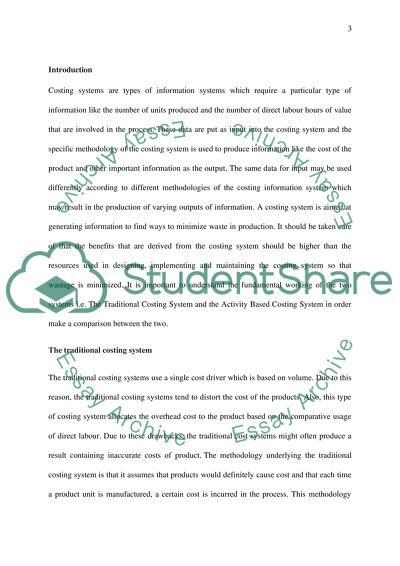Cite this document
(“The Activity Based Costing System Assignment Example | Topics and Well Written Essays - 2500 words”, n.d.)
The Activity Based Costing System Assignment Example | Topics and Well Written Essays - 2500 words. Retrieved from https://studentshare.org/finance-accounting/1491877-accouting-for-decision-making
The Activity Based Costing System Assignment Example | Topics and Well Written Essays - 2500 words. Retrieved from https://studentshare.org/finance-accounting/1491877-accouting-for-decision-making
(The Activity Based Costing System Assignment Example | Topics and Well Written Essays - 2500 Words)
The Activity Based Costing System Assignment Example | Topics and Well Written Essays - 2500 Words. https://studentshare.org/finance-accounting/1491877-accouting-for-decision-making.
The Activity Based Costing System Assignment Example | Topics and Well Written Essays - 2500 Words. https://studentshare.org/finance-accounting/1491877-accouting-for-decision-making.
“The Activity Based Costing System Assignment Example | Topics and Well Written Essays - 2500 Words”, n.d. https://studentshare.org/finance-accounting/1491877-accouting-for-decision-making.


